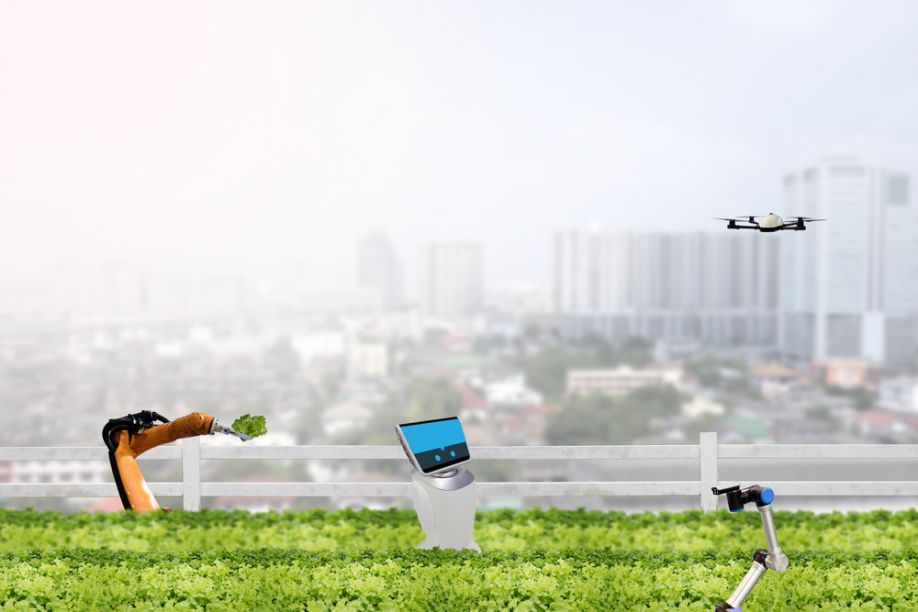How to control growth phases intelligently and efficiently
Image processing with cameras and AI enables applications that were previously unthinkable. In agriculture, for example, it supports the optimal application of fertilizers, the visual monitoring of products and growth phases, and the processing of harvested crops.
Cultivating Farmland Precisely and as Needed
Digitized and automated processes are becoming increasingly important in modern agricultural enterprises. Machine vision methods play a key role here. Among other things, they can be used for a variety of precision farming applications.
5 Challenges For Precision Agriculture To Face
The possibilities offered for agriculture by new technologies, big data and the rise of the Internet of Things (IoT) makes precision agriculture a market that's sure to grow over the coming years.
How Farmers Are Using Technology to Secure Their Land and Equipment
The increased utilization of precision agriculture has resulted in more data breaches. Precision agriculture is a management system that relies on measuring and quantifying vast amounts of data to improve yields and decrease inputs.
From Sky to Ground, XAG Launches Farm Robots and Smart Agriculture Management System
Justin Gong, Co-founder and Vice President of XAG, kicked off the conference by carefully elaborating the Smart Agriculture POV Report 2020. This report for the first time clarifies the definitions regarding digital agriculture, precision agriculture and smart agriculture.
Records 1 to 5 of 5
Featured Product

igus® - Free heavy-duty plastic bearings sample box
The iglide® heavy-duty sample box provides a selection of five unique iglide bearings, each suitable for use in heavy-duty equipment due to their self-lubricating, dirt-resistant properties. Each bearing material boasts unique benefits and is best suited for different application conditions, though each can withstand surface pressures of at least 11,603 psi at 68°F.





